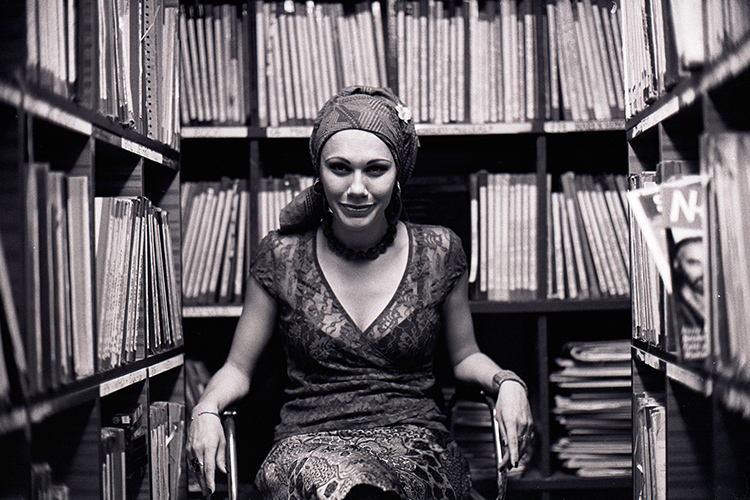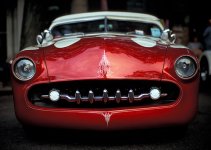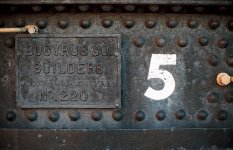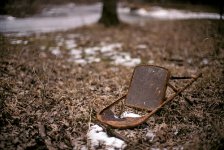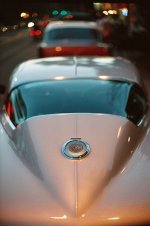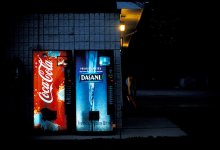Ororaro
Well-known
Marc-A. said:Bonjour Ned,
I don't like the tone (not the first time I tell you) but I like your pictures (that's the most important thing) and I'm quite convinced by your explanation.
Understand me: I fully appreciate that the specificity of the Noctilux is that it can be use at f1 and f8. But if one never shoots at f1, it seems stupid that he buys Nocti, right?
So the question is still: do you need, in your practice, the extra stop (I mean f1)? I guess you do; but then could you tell us which pictures have been shot wide open?
Best,
Marc
Edit: I've just read the whole thread. there's at least one picture you mentioned as being taken wide open, so just don't mind my question. But I'd still like to know if the picture below has been taken wide open.
Sorry for not answering, Marc. This thread has many people participating and I kind of got lost. I also blame my deficient diagonal fast reading skills. I often answer questions that have never been asked or answer bluntly.
Yes, that picture was shot at f1.0 with a Iso 50 film.
The usable and sharp f1.0 aperture means a lot to me. It meant that I could take pictures of anything at the Louvre with Velvia 50 film and not going below 1/30, worst case. It makes Velvia sing and usable anywhere.
I like Iso 100 film (apx-100 and Plus-X). Again, it means I can use those films even at night time and rarely go below 1/30.
Its character is unique, of course.
I own the Noct-Nikkor and I use it a lot but only in lowlight situations, It sux anywhere else. The Noctilux doesn't. That is the main difference.


